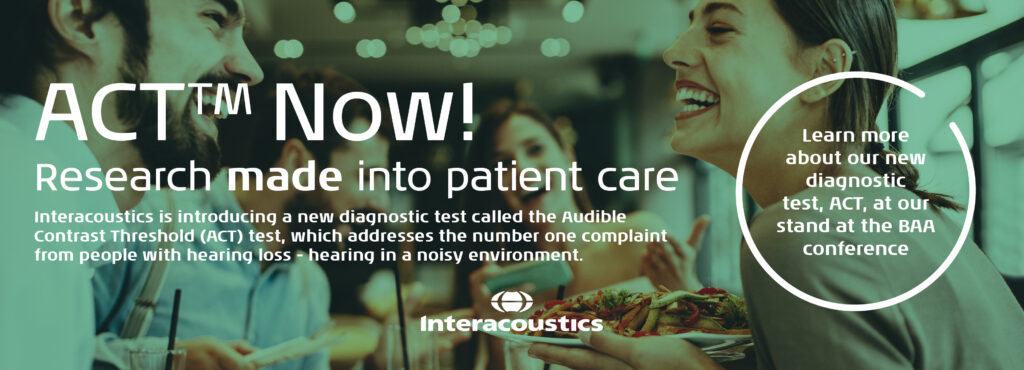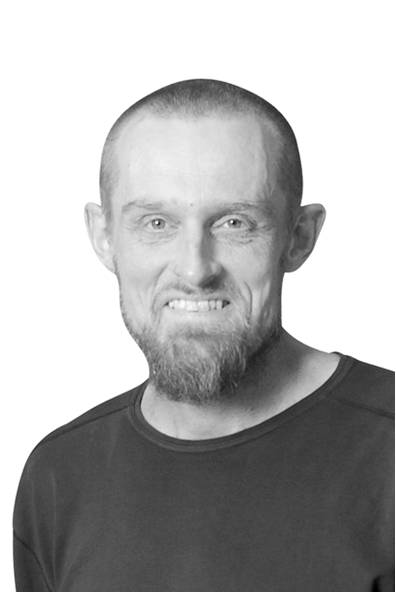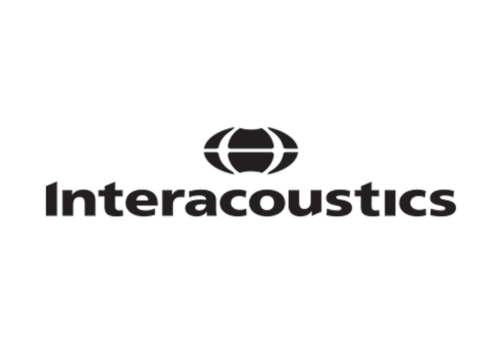Official Conference Partner: Interacoustics

Join Interacoustics during their technology presentations at BAA Conference 2023
| Thursday 2.45pm – 3.15pm | Interacoustics Research Unit (IRU) –10 years of research in technical audiology and hearing care
Søren Laugesen, Ph.D., Research Manager at the Interacoustics Research Unit (IRU) Get a sneak peek behind the scenes of IRU and learn about some of our research outcomes: the CE-Chirp and Aided Corticals The Interacoustics Research Unit was formed ten years ago, with a mission to translate basic research in technical audiology and hearing science into solving real-world challenges faced by audiologists, ENTs, and hearing healthcare professionals. This is done in a combination of internal research projects and collaborative projects with external partners. Two examples – both in the domain of evoked responses – will be discussed. The first considers the CE-Chirp, the level-specific and the narrow-band (NB) versions of it, as well as ongoing research into band-interaction effects when stimulating with all four NB CE-Chirps at both ears of the patient. The second example considers using evoked cortical responses as a means of validating hearing-aid fittings in infants. This project was made in collaboration with the University of Manchester and will be known to many as the ‘Ladies in the Van’ project. |
 |
| Friday
11.55am – |
Audible Contrast Threshold (ACT™) test: From research laboratory to clinic
Søren Laugesen, Ph.D., Research Manager at the Interacoustics Research Unit ACT is a new diagnostic tool to estimate a patient’s hearing-in-noise ability from a simple, quick, and non-language specific test This contribution presents evidence from a series of studies that has matured research versions of spectro-temporal modulation sensitivity testing into a clinically viable tool: The Audible Contrast Threshold (ACT) test. Over the last decade, ACT and earlier measures of spectro-temporal modulation sensitivity have shown high predictive power over speech-in-noise performance in several research studies with aided hearing-impaired test subjects. ACT is clinically interesting, as upfront knowledge about a prospective hearing-aid user’s realistic speech-in-noise performance can be useful for individualising the hearing aids’ help-in-noise features and can contribute to more targeted patient counselling. Among the important novelties are that ACT stimuli are shaped according to the individual audiogram to ensure audibility throughout the frequency range of interest, a unique test procedure very similar to that of the pure-tone audiogram, and particularly promising results when the speech-in-noise comparison data were obtained with hearing aids in a complex “ecologically valid” test condition including speech maskers and reverberation. With ACT, audiologists and hearing healthcare professionals can finally address the hearing-aid user’s #1 complaint: hearing in noise. |
 |
Interacoustics UK are proud to employ qualified audiologists and technical specialists who are able to provide outstanding clinical expertise, expert training and advice and exceptional customer support whenever you need it.
We are part of the Demant Group, and our Danish colleagues have been busy creating and refining precise, innovative, and easy-to-use equipment and software that allows healthcare professionals to accurately assess their patients’ hearing and balance. We are delighted to be able to showcase some of this equipment and exciting new software at BAA this year, together with our extensive range of consumables and accessories.
We would love to have a chat with you so please come and visit us at stand D03.

